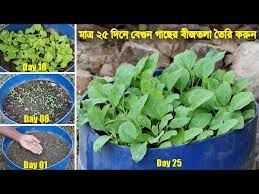
Bismillaher Rahmanir Rahim.
Assalamu Alaikum Wa Rahmatullahi Wa Barakatuhu
Dear Companions Today I want to share with you some words about the evils of killing foetuses.Welcom to this post and congratulations to all
Growing Brinjal (Eggplant)
Brinjal, also known as eggplant, is a popular vegetable grown widely in tropical and subtropical climates. It is an important crop in many countries due to its nutritional value and versatility in culinary uses. Successful cultivation of brinjal involves several key steps, from planting seedlings to ensuring proper growth, maintenance, and marketing for profit.
- Planting Brinjal Seedlings
a. Seed Selection
The first step to growing healthy brinjal plants is selecting high-quality seeds from a reliable source. Choose a brinjal variety that is well-suited to your region's climate and growing conditions. Varieties include hybrid, long, round, and small brinjal, each with distinct characteristics in terms of size, shape, color, and yield potential.
b. Preparing Seedlings
Soil Preparation: Brinjal thrives in well-drained, fertile soil with good organic content. A mixture of soil, sand, and compost in equal proportions works well. Ensure the soil pH is between 5.5 and 6.5 for optimal growth.
Sowing Seeds: Sow the seeds in trays or seedbeds filled with nutrient-rich potting mix. Seeds should be planted 1 cm deep and spaced about 3 cm apart. Lightly water the soil after sowing to avoid seed displacement.
Germination: Place the seedbed in a location that receives full sunlight. Germination typically takes 7-10 days, depending on temperature and seed quality. Maintain a warm environment with temperatures around 25-30°C.
c. Transplanting Seedlings
Timing: Transplant seedlings when they reach a height of 10-15 cm (around 4-6 weeks after germination) and have 4-6 true leaves.
Spacing: Transplant seedlings into the field or garden, ensuring each plant is spaced 60-75 cm apart. Rows should be 75-90 cm apart, depending on the variety. Adequate spacing allows proper air circulation, reducing disease risk.
Depth: Plant the seedlings slightly deeper than they were in the seedbed to ensure good root establishment. Firm the soil around the base and water immediately.
- Growing and Maintaining Brinjal
a. Soil and Fertilization
Soil Fertility: Brinjal requires fertile soil with high organic matter. Before planting, enrich the soil with well-rotted manure or compost. Apply about 20-30 tons of organic manure per hectare.
Fertilization Schedule:
Apply a basal dose of nitrogen, phosphorus, and potassium (NPK) at 60:50:50 kg/ha before transplanting.
Top dress with additional nitrogen 30 and 60 days after transplanting to promote vigorous growth and flowering.
Supplement with micronutrients like magnesium and calcium if deficiencies are noted.
b. Watering
Brinjal requires consistent watering to grow well, but it does not tolerate waterlogging. The frequency of irrigation depends on the soil type and weather conditions.
Irrigation Frequency: Water the plants 2-3 times per week during the initial stages and reduce to once a week as the plants mature. In sandy soils, more frequent irrigation may be necessary.
Drip Irrigation: If possible, use drip irrigation to provide a constant supply of water to the root zone while conserving water.
c. Weeding and Mulching
Weeding: Regularly weed the brinjal field to prevent competition for nutrients, water, and light. Hand weeding or mechanical weeding can be employed, depending on the scale of cultivation.
Mulching: Apply organic mulch such as straw, dried leaves, or grass clippings around the base of plants. Mulching conserves soil moisture, suppresses weeds, and improves soil structure.
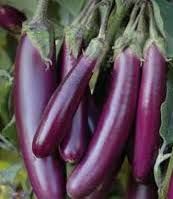
source
d. Pest and Disease Management
Brinjal is susceptible to various pests and diseases, making integrated pest management (IPM) essential for healthy growth.
Common Pests: Brinjal fruit and shoot borer, aphids, whiteflies, and mites are major pests.
Use neem oil, biological controls (like parasitoid wasps), and insect traps to control infestations.
Insecticide sprays can be applied as a last resort, following agricultural guidelines.
Diseases: Fungal diseases like wilt, damping-off, and leaf spot are common.
Practice crop rotation and avoid over-irrigation to reduce fungal infections.
Use disease-resistant seed varieties and treat seeds with fungicide before sowing.
Remove and destroy infected plants to prevent disease spread.
e. Pruning and Staking
Pruning: Prune the lower leaves and side shoots to encourage air circulation and focus the plant's energy on fruit production.
Staking: Larger varieties may require staking to support the heavy fruit load. Use bamboo sticks or similar materials to tie the plants and prevent them from bending or breaking.
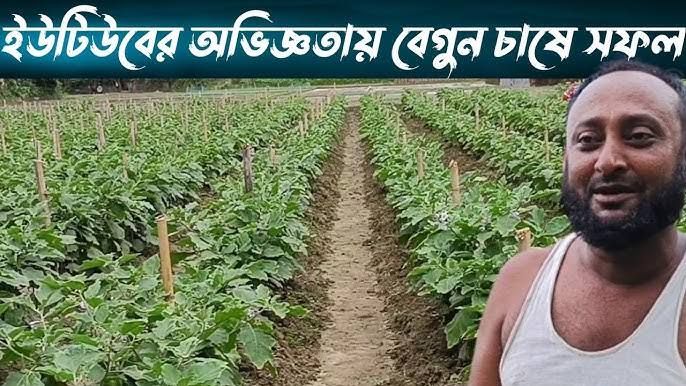
source
f. Harvesting
Brinjal fruits are ready for harvest 70-90 days after transplanting, depending on the variety. Harvest fruits when they are fully developed, shiny, and firm but before the seeds harden. Overripe fruits lose their glossy appearance and become spongy.
Harvest Frequency: Brinjal can be harvested every 3-4 days once fruiting begins. Harvesting should be done in the early morning or late afternoon to avoid heat stress on the plants.
- Marketing and Profitability
a. Market Research
Before growing brinjal, conduct market research to understand demand trends, pricing, and the potential buyers in your area. Analyze which varieties are popular locally and identify any gaps in the market that you can exploit.
Consumer Preferences: Understand whether your target market prefers long, small, or round varieties.
Market Segments: Identify key buyers such as wholesalers, retailers, local vegetable markets, supermarkets, or processors.
b. Harvest Handling and Packaging
Post-Harvest Handling: After harvesting, handle the fruits carefully to avoid bruising or damage, as brinjal has a short shelf life. Use clean, sharp scissors to cut the fruits from the plant.
Grading: Sort and grade the brinjal based on size, shape, and quality. Uniformly sized and shaped brinjals fetch better prices in the market.
Packaging: Pack the brinjals in well-ventilated crates or boxes, ensuring minimal pressure on the fruits. Avoid exposure to direct sunlight or excessive moisture during transport.
c. Value Addition
Processing: If there is a surplus harvest, consider value-added products such as pickles, dried brinjal, or brinjal puree. Processing extends shelf life and opens up new revenue streams.
Organic Branding: If you grow brinjal organically, label it as such to cater to the premium organic market, which commands higher prices.
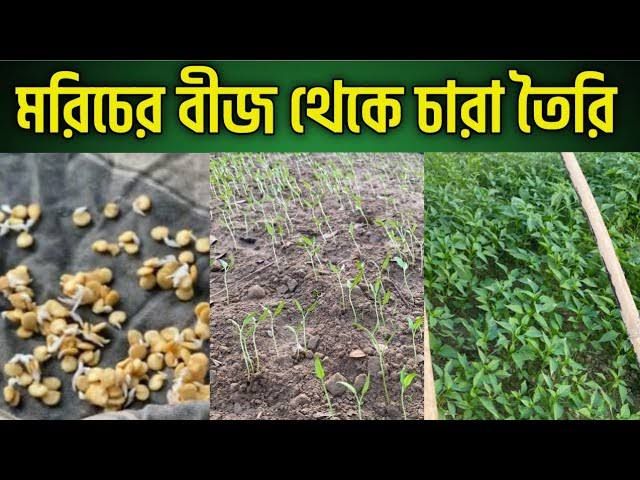
source
d. Sales Channels
Local Markets: Selling brinjal in local vegetable markets or through direct-to-consumer sales can help you fetch better prices by eliminating middlemen.
Wholesale Markets: Larger farms may find it more efficient to sell directly to wholesalers or vegetable aggregators.
Supermarkets and Retailers: Establishing a contract with local supermarkets or retailers guarantees consistent demand and helps build long-term relationships.
Online Platforms: Explore e-commerce platforms or local delivery apps that allow farmers to sell directly to urban customers, especially for organic or fresh farm produce.
e. Profitability
Cost of Cultivation: Keep track of all costs, including seeds, labor, fertilizers, pesticides, irrigation, and transportation.
Yield per Hectare: On average, brinjal yields 25-30 tons per hectare. The exact yield will depend on the variety, management practices, and environmental factors.
Pricing and Margins: Selling prices for brinjal can fluctuate based on seasonality, market demand, and quality. Proper planning, market research, and crop management can increase profit margins.
Government Support: Look for government schemes or subsidies available for vegetable growers, which can help reduce input costs and increase
Growing brinjal can be a profitable venture with proper planning, execution, and market strategy. By selecting high-quality seeds, providing adequate care during growth, managing pests and diseases, and exploring different marketing channels, you can achieve high yields and maximize profits. Success in brinjal farming relies on continuous learning and adapting to changing market and environmental conditions.
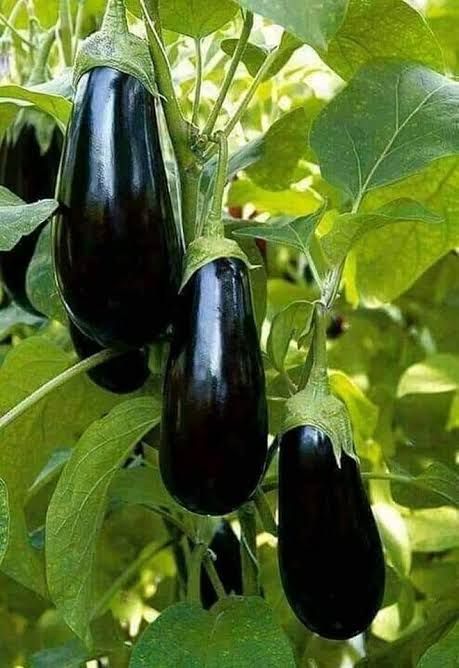
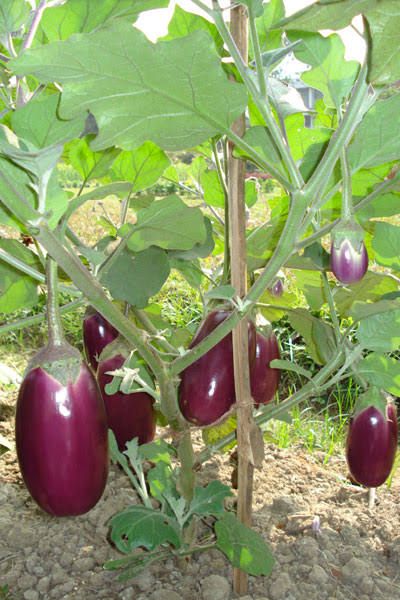
Upvoted. Thank You for sending some of your rewards to @null. Get more BLURT:
@ mariuszkarowski/how-to-get-automatic-upvote-from-my-accounts@ blurtbooster/blurt-booster-introduction-rules-and-guidelines-1699999662965@ nalexadre/blurt-nexus-creating-an-affiliate-account-1700008765859@ kryptodenno - win BLURT POWER delegationNote: This bot will not vote on AI-generated content